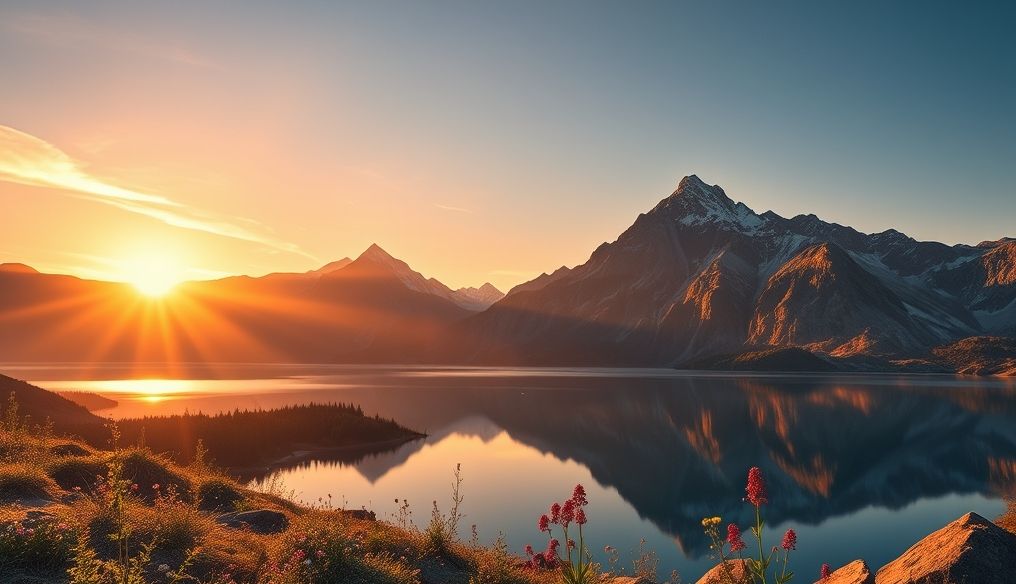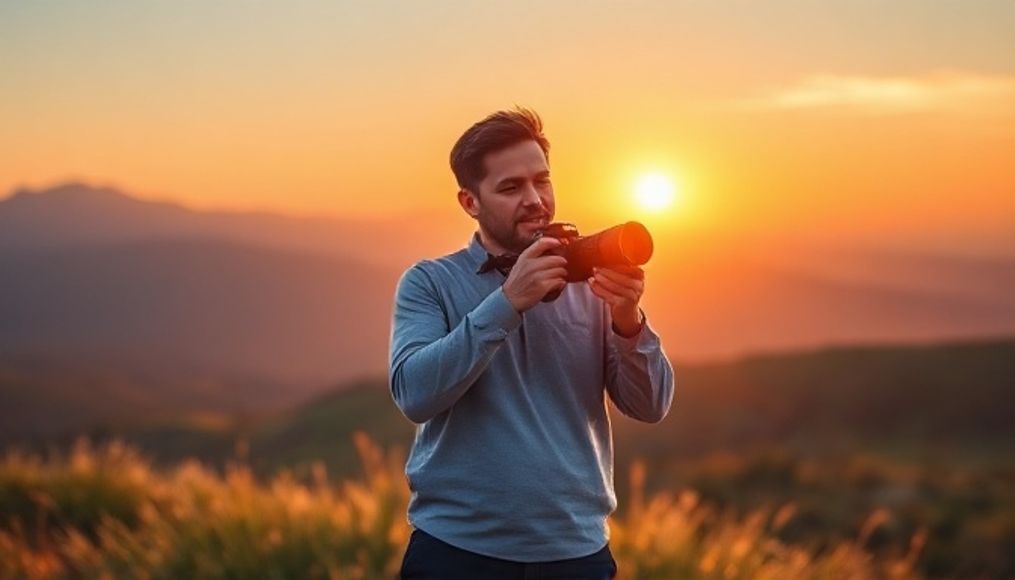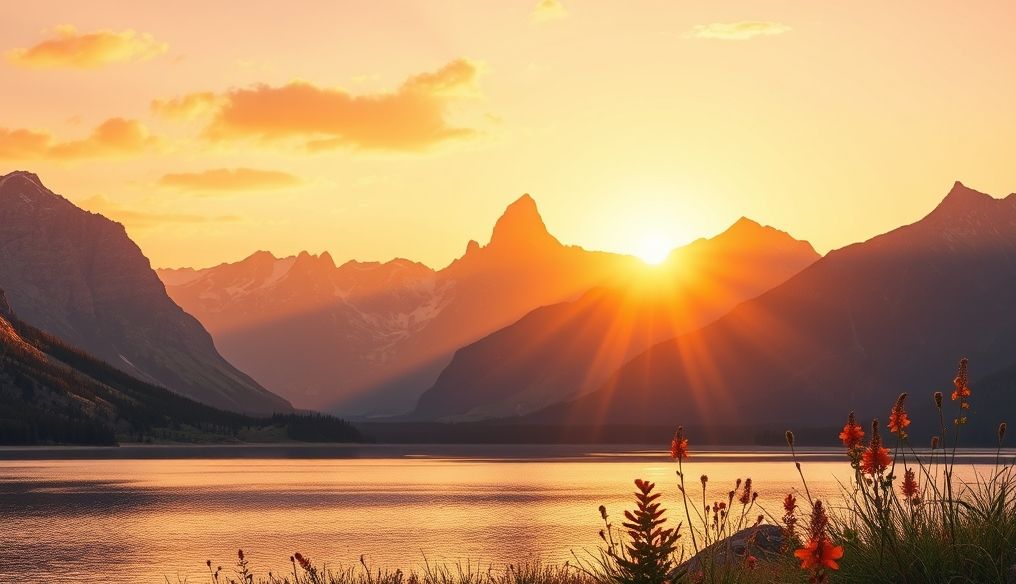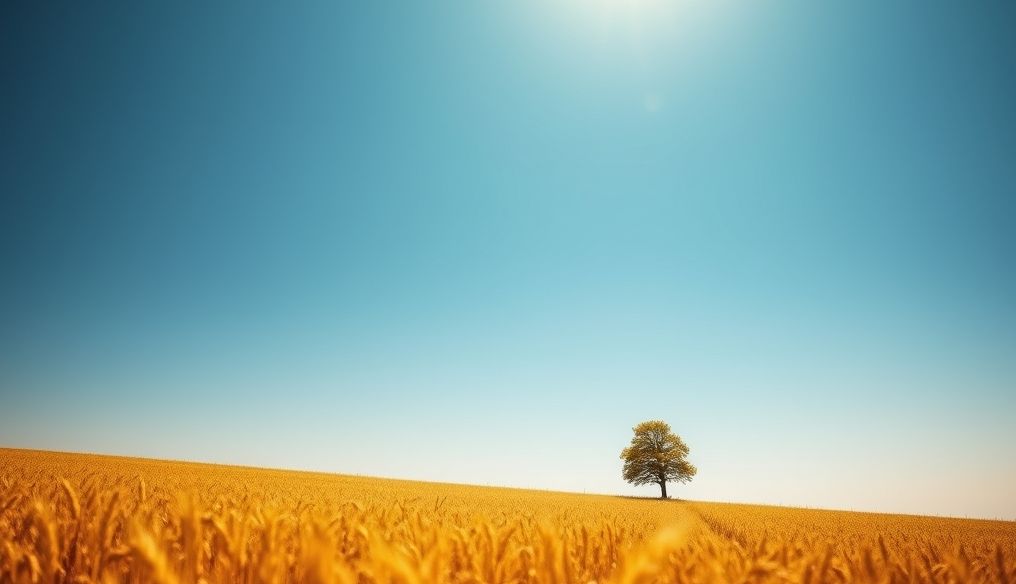What are the essential basics of landscape photography for professional-looking photos?
Landscape photography is the art of capturing the beauty of the world around us, from towering mountain peaks to serene beaches. This type of photography requires a combination of technical skills, artistic knowledge, and great patience and love for nature. Whether you're a beginner photographer or have some experience, understanding the basics will help you capture stunning images.
1. Understanding the Basic Equipment
Choosing the right equipment is the first step towards successful landscape photography. Here are some essential equipment you'll need:
- Camera: A DSLR or Mirrorless camera that offers full control over manual settings.
- Lenses: A wide-angle lens (16-35mm) for capturing wide landscapes, a standard lens (24-70mm) for versatile use, and a telephoto lens (70-200mm or more) for compressing perspective and capturing distant details.
- Tripod: Essential for keeping the camera steady, especially in low light conditions or when using slow shutter speeds.
- Filters: A Polarizing Filter to reduce glare and increase color saturation, and Neutral Density Filters to reduce the amount of light entering the lens, allowing for slower shutter speeds in daylight.
2. Mastering Camera Settings
Controlling camera settings is key to getting high-quality images. Here are some basic settings you should understand:
- Aperture: Controls the amount of light entering the camera and affects the depth of field. A narrow aperture (such as f/8 or f/11) increases the depth of field, making most of the scene in focus.
- Shutter Speed: Determines how long the camera sensor is exposed to light. A fast shutter speed freezes motion, while a slow shutter speed creates a blur effect for movement, such as water or clouds.
- ISO Sensitivity: Determines the sensitivity of the camera sensor to light. A low ISO (such as ISO 100) produces high-quality images with minimal noise, while a high ISO (such as ISO 3200 or higher) is used in low light conditions but may increase noise.
- White Balance: Adjusts the colors of the image to look natural regardless of the light source. You can choose from preset settings (such as daylight or shade) or adjust the white balance manually.
- Focus: Make sure the most important part of the scene is in focus. You can use Autofocus or Manual Focus.
3. Composition
Composition is the arrangement of elements within the image to create a visually appealing photo. Here are some basic composition rules:
- Rule of Thirds: Divide the image into nine equal parts using two horizontal and two vertical lines. Place important elements along these lines or at the intersection points.
- Leading Lines: Use lines in the scene (such as roads or rivers) to guide the viewer's eye to the focal point in the image.
- Frame within a Frame: Use elements in the scene (such as trees or arches) to frame the focal point.
- Simplicity: Avoid clutter in the image and focus on the essential elements.
- Perspective: Use perspective to create depth in the image.
4. Light
Light is the most important element in photography. Here are some tips on how to use light in landscape photography:
- Golden Hour: The short period after sunrise and before sunset, when the light is warm and soft.
- Blue Hour: The short period before sunrise and after sunset, when the light is blue and cool.
- Diffused Light: Light that is scattered by clouds or fog, creating a soft and even illumination.
- Shadow and Light: Use shadows and light to create depth and drama in the image.
5. Pre-Planning
Pre-planning is key to getting great photos. Here are some tips for planning landscape photography:
- Scout Locations: Use the internet and maps to find interesting locations.
- Check the Weather: Check the weather forecast before heading out to shoot.
- Arrive Early: Arriving at the location before sunrise or sunset gives you time to set up your equipment and explore the scene.
- Be Patient: You may need to wait a long time to get the perfect conditions.
6. Image Processing
Image processing is an essential part of the digital photography process. Here are some programs and tools you can use to process landscape photos:
- Adobe Lightroom: A comprehensive program for organizing and editing photos.
- Adobe Photoshop: An advanced photo editing program that allows for complex adjustments.
- Skylum Luminar: An easy-to-use program that relies on artificial intelligence to enhance photos.
During image processing, you can adjust exposure, lighting, contrast, colors, and sharpness. You can also remove imperfections and correct distortions.
7. Developing Your Own Style
Over time, you will develop your own style in landscape photography. Continue to experiment and learn from your mistakes. Seek inspiration in the works of other photographers, but don't try to imitate them. Focus on developing your unique vision.
8. Ethical and Environmental Considerations
When photographing landscapes, it is important to be aware of ethical and environmental considerations. Leave the place as you found it, and do not cause any harm to plants or animals. Respect private property rights, and stay away from restricted areas.
By following these basics, you can improve your landscape photography skills and capture stunning images that reflect the beauty of the world around us. Remember that practice and patience are key to success. Enjoy the process and explore new places, and the results will be amazing.




